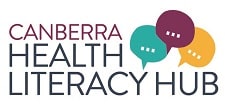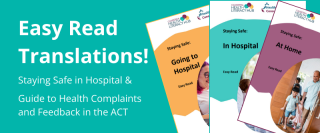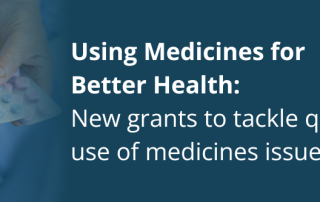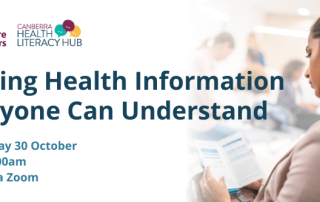What is Health Literacy?
What is Health Literacy?
‘Health literacy refers to the personal characteristics and social resources needed for individuals and communities to access, understand, appraise and use information and services to make decisions about health.
Health literacy includes the capacity to communicate, assert and enact these decisions.’ (World Health Organisation)[i]
Health Literacy is a result of both individual attributes and the environment or context. It changes depending on life circumstances, age and health status, and the setting. It can be improved through education, training, environmental changes, and support.
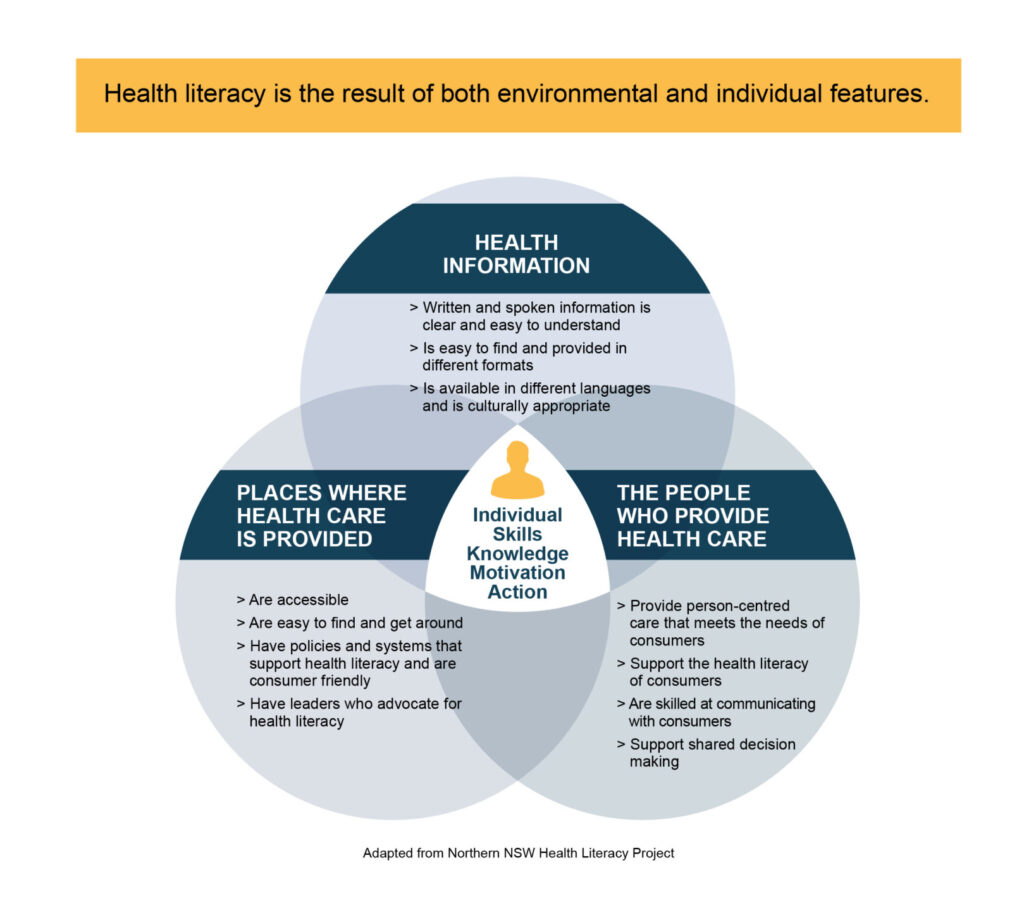
Individual health literacy
Health literacy requires critical thinking skills, and the ability to interpret information and work out how it applies to the individual.
Being able to get, understand and act on health information is central to health literacy. It involves listening and speaking, reading, writing, numeracy and using technology to communicate and handle information.
Good health literacy helps people to reflect on their situation, apply information to their unique circumstances, and feel able to make changes.
“We have to learn that people who can read may still be illiterate when it comes to understanding health-related information.
We see the ability to read as an indicator of functional health literacy but it’s not.”[iii]
Everyone, including people who read well and are comfortable using numbers, can struggle with health literacy when:
- they aren’t familiar with medical terms or how their bodies work,
- they are unwell or are taking medications that affect how well they can think,
- they have to interpret statistics and evaluate risks and benefits that affect their health and safety,
- they are diagnosed with a serious illness and are scared and confused,
- they have health conditions that require complicated self-care, and
- the information provided is not easy to understand or communicated clearly.
Six out of every ten adult Australians do not have the skills needed to understand and use everyday health information, such as using medication safely or finding the right health service for their needs [ii]. About 1 out of 3 people with a university degree have low health literacy.
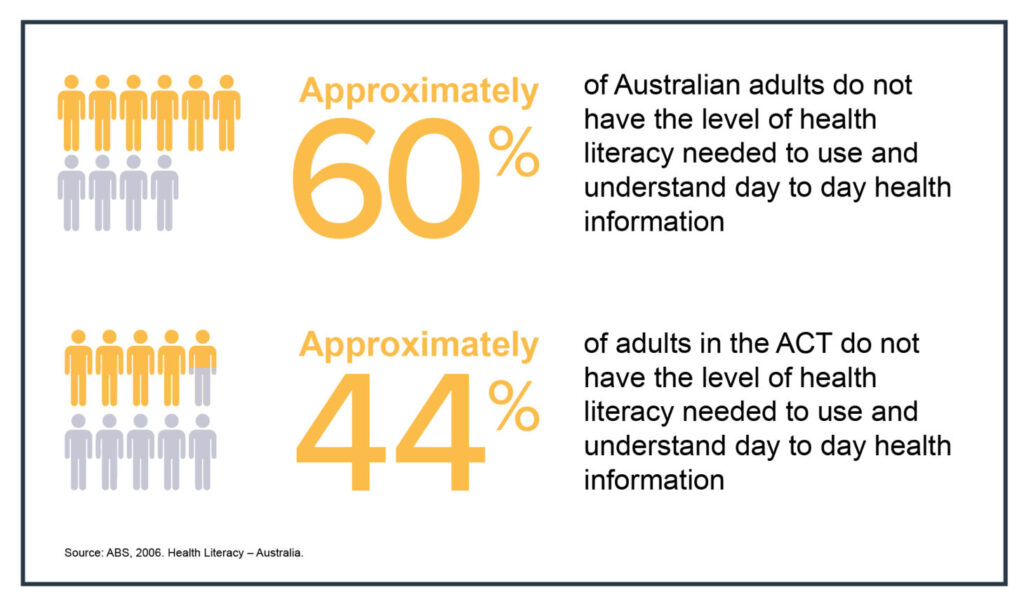
Individual health literacy skills are influenced by the context in which people are managing their health. People need higher levels of knowledge, skills, motivation and confidence, when:
- health systems are disjointed, bureaucratic, technical, and unfriendly compared to when health systems are well connected and user friendly
- they are facing multiple complex health problems compared to when health issues are straightforward
- their life is complicated by conflicting priorities, demands and issues compared to when their life is in a period of stability
- social networks and pressures create barriers rather than in situations where they are highly supportive.
- the consumer’s cultural and religious beliefs are different to the norms of the people around them
- the cultural and religious beliefs of a consumer are different to the understanding of health and cultural norms of the health system.
- they are most comfortable speaking a language other than English.
The health literacy environment
The health literacy environment is the settings in which people seek health information and use health care services. This includes:
- the buildings where care occurs,
- signage and maps,
- websites,
- forms,
- policies and processes (e.g. booking appointments, referrals, continuity of care, access to translators), and
- the spoken and written information provided by health professionals.
It also includes the way clinical and non-clinical staff of health services interact and communicate with consumers and carers.
Why does health literacy matter?
Health literacy is important to people’s health. It is more than just being able to read the label on a medicine bottle, it’s also about knowing how to use the information on the label to safely manage your care and knowing where to go for help if you are unsure.
Good health literacy helps people stay well, recover from illness or injury, and live well with one or more long-term condition. Low health literacy can mean people have difficulty accessing health services, and poor control of long-term health conditions. [iv] People who have low health literacy are also more likely to have poor health in later life and to experience avoidable harm (emotional, financial or physical) while receiving care.[v].
Health literacy is a stronger predictor of an individual’s health than income, employment status, education level and racial or ethnic group.[vi]
Consumers with low health literacy can find it hard to understand a diagnosis, medication instructions, health forms, or instructions on how to prepare for a medical procedure or surgery.
Low health literacy is directly related to higher use of services (extra hospital stays, longer hospital stays, increased emergency department visits), medication errors, missed appointments and a generally higher level of illness vi.
People with low levels of individual health literacy are estimated to be 1.5 to 3 times more likely to experience an adverse health outcome[vii]. These consequences of low health literacy and misunderstood health care information contribute significantly to poorer patient outcomes and increased cost of care.
To explore in more detail, please visit the pages in this section.
References:
[i] WHO. Health Literacy – The Solid Facts 2013
[ii] ABS 2006 Adult Literacy and Life Skills Survey (ALLS)
[iii] Alejandro Jadad, University of Toronto quoted in THE LANCET • Vol 356 • November 25, 2000, Pg1828 DOI:https://doi.org/10.1016/S0140-6736(05)73297-9. Accessed May 2020
[iv] NSW Health, 2019. Health Literacy Framework, a guide to action. NSW Government Clinical Excellence Commission, page 2, DeWalt DA, Berkman ND, Sheridan S, Lohr KN, Pignone MP 2004. ‘Literacy and Health Outcomes. A Systematic review of the Literature’, in Journal of Internal Medicine 19: 1228-1239.
[v] Adams R et al. 2009. ‘Risks associated with low functional health literacy in an Australian population’, in Medical Journal of Australia, Volume 191, pages 530-534,
[vi] Weiss, B.D. Health literacy: A manual for clinicians. (2nd edition) Chicago: American Medical Association Foundation, 2007
[vii] Australian Commission on Quality and Safety in Health Care, Consumers, The Health System and Health Literacy: Taking Action to Improve Safety and Quality, 2013
Want more information?
You might also be interested in…
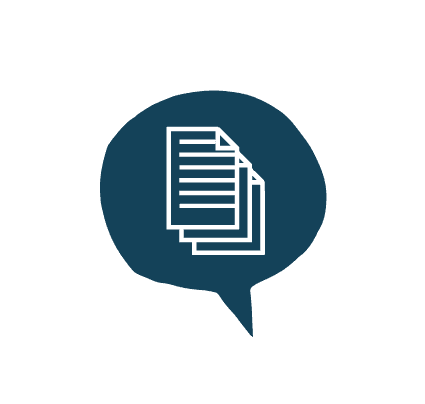
Articles

Pages

Websites

Education
Last Updated on 20 July, 2023.
